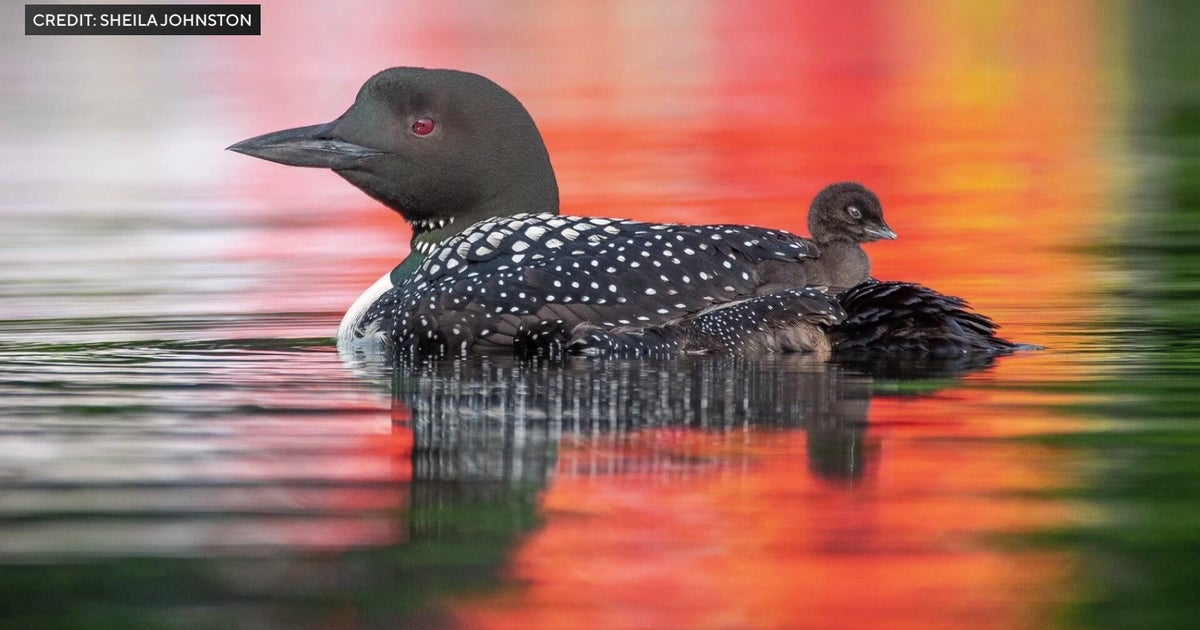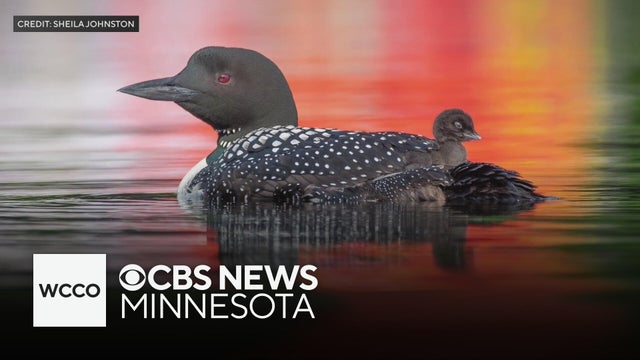Have you ever wondered what bird represents the spirit of Minnesota? Knowing the state bird is more than just a fun fact—it connects you to the natural beauty and heritage of the area.
Whether you live in Minnesota or are simply curious, discovering this special bird will give you a new appreciation for the state’s unique wildlife. Keep reading to find out which feathered friend holds this honored title and why it means so much to Minnesota and its people.

Credit: www.cbsnews.com
Minnesota’s Official Bird
The Common Loon is the official bird of Minnesota. This bird is well-known for its haunting calls. It lives mainly on lakes and is a symbol of the state’s natural beauty.
Loons have black heads and white spotted backs. They dive deep to catch fish. Their unique calls can sound like a wolf or a trumpet.
- Scientific name: Gavia immer
- State bird since 1961
- Found mostly in northern lakes
- Known for excellent swimming and diving

Credit: thegreatnorthernfestival.com
Identification And Appearance
The state bird of Minnesota is the <strong common="" loon. It is famous for its eerie and beautiful calls heard across lakes. The loon has a black head, white belly, and a checkered black-and-white back. Its red eyes stand out during the summer.
Loons have a large body and strong legs set far back on their bodies. This helps them swim underwater with great speed. Their sharp, pointed bills are perfect for catching fish.
In winter, the loon’s colors change to gray and white, making it harder to spot. This bird spends much time on clear lakes and is a symbol of wilderness in Minnesota.
Habitat And Range
The state bird of Minnesota, the Common Loon, lives mostly near lakes and large ponds. It prefers clear water with plenty of fish to eat. You can find these birds across northern parts of Minnesota where there are many lakes.
Loons build nests close to the water’s edge. They like areas with small bushes or trees nearby for cover. During the winter, they fly south to coastal waters but return in spring to breed.
- Found mainly in northern Minnesota
- Lives near clear lakes and ponds
- Nests close to shorelines with some cover
- Spends winters in southern coastal areas

Credit: www.facebook.com
Behavior And Diet
The Common Loon is the state bird of Minnesota. It is known for its distinctive callsand elegant swimming. They are expert divers, often diving deep underwaterto catch fish. Their diet mainly consists of fish, but they also eat crustaceansand aquatic insects.
During migration, loons travel long distances. They can fly at speeds of up to 70 mph. They are solitary birdsand prefer quiet lakes and rivers. Loons are strong and fast swimmers. They use their webbed feet to move through the water.
Loons are territorial, often defending their nesting areas. They have a unique way of feeding their chicks. Parents bring fish to the nest and feed the young directly. The chicks learn to dive and fish as they grow. Loons are an essential part of Minnesota’s natural landscape.
Cultural Significance
The state bird of Minnesotais the Common Loon. It holds a special place in the hearts of Minnesotans. The loon is a symbol of the state’s many lakes and natural beauty. It appears on the state quarterand official documents. Its haunting call is often heard across quiet lakes in summer. The loon reminds people of peace and nature.
Many Minnesotans feel proud of the loon. It also inspires local art, stories, and songs. Schools teach children about the loon’s role in nature. Protecting the loon means protecting the environment too.
- Represents Minnesota’s lakes and wilderness
- Seen as a sign of calm and natural beauty
- Featured on coins and official symbols
- Encourages wildlife conservation efforts
- Part of local culture and education
Conservation Status
The state bird of Minnesota is the Common Loon. It is not endangered, but it faces some threats. Pollution and habitat loss can harm loons. Efforts to keep lakes clean help protect them. People watch for lead poisoning from fishing gear. Safe fishing hooks reduce this risk. Loons need quiet, safe nesting spots to thrive. Conservation groups work to protect these areas. Bird watchers and locals help by respecting nesting zones.
Here are key points about its conservation:
- Population:Stable but monitored closely
- Threats:Pollution, habitat loss, lead poisoning
- Protection:Clean water laws and safe fishing gear
- Habitat:Lakes with quiet shorelines
- Community Role:Respect nesting areas and avoid disturbance
Fun Facts And Trivia
The state bird of Minnesota is the Common Loon. This bird is famous for its eerie calls that echo across lakes. It has a black head, white chest, and beautiful patterns on its back.
Loons are excellent swimmers and divers. They catch fish by diving deep underwater. They build nests very close to the water’s edge.
- The Common Loon can live up to 30 years.
- It is a symbol of wilderness in Minnesota.
- Its call is often called the “laughing” sound.
- Loons migrate to southern states during winter.
Frequently Asked Questions
What Is The State Bird Of Minnesota?
The state bird of Minnesota is the Common Loon, known for its eerie calls and striking black-and-white feathers.
Why Was The Common Loon Chosen As Minnesota’s State Bird?
The Common Loon was chosen because it is found in many Minnesota lakes and represents the state’s natural beauty.
Where Can You See The Common Loon In Minnesota?
You can see the Common Loon on lakes and rivers across Minnesota, especially during the summer months.
Conclusion
The state bird of Minnesota is the common loon. This bird is known for its unique calls and striking appearance. It lives on lakes and is a symbol of wilderness. People enjoy watching loons during the summer months. Its importance goes beyond beauty.
It represents Minnesota’s natural heritage and outdoor life. Learning about this bird helps us appreciate nature more. The common loon truly stands out as Minnesota’s special bird.
